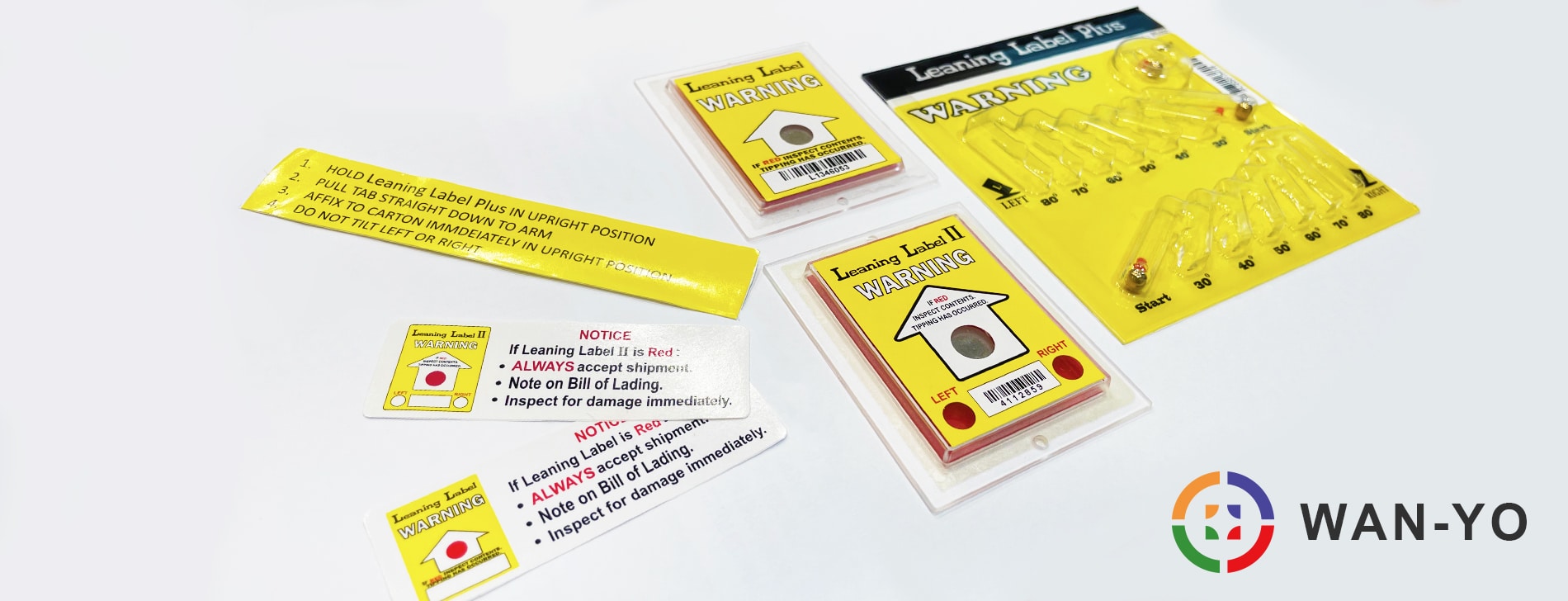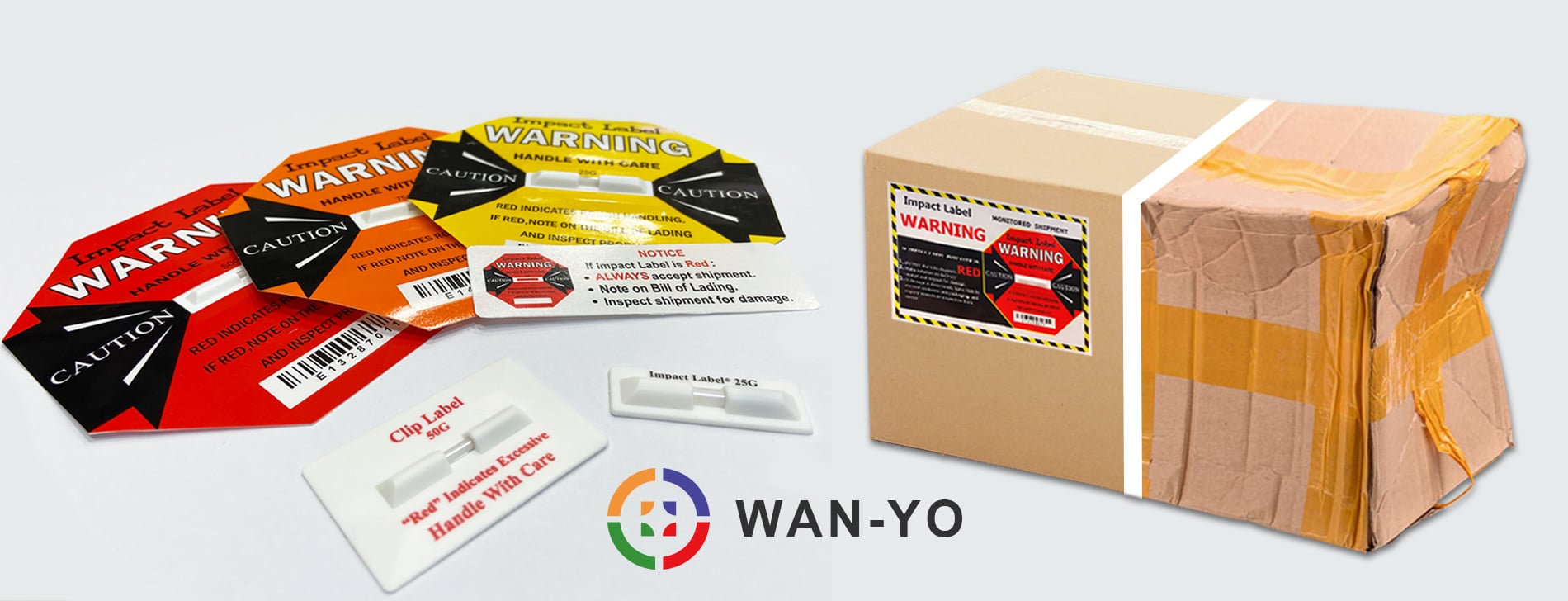Our previous article “B2B Skill》Insure Marine Insurance Against for Exporting/Importing Goods” has given a brief introduction to insure marine insurance for goods. In the following, I will explain the pointers to receive the insured and how to calculate claim compensation in case of loss occurs.
Chapter 1: Inspection Notes for Taking Delivery
The insured or its agents, such as customs brokers and factory warehouse managers, must pay attention to the following:
1-1. Inspection at CFS as Picking Up Goods
a. Is the appearance in good condition? – the packing strap shouldn’t be loose, PE film shouldn’t be broken.
b. Is the seal is resealed on the upper and lower?
c. Is the weight normal?
d. Is the number of cartons and pallets correct?
e. Is there any impact indicator activated?
* Don’t forget to request a certified document.
f. Have the goods inspected by customs?
* Customs clearance should pay attention to whether there is a sampling strip, and whether the outer box has re-sealing tape by customs declaration.
When goods have the condition mentioned above, please ask the customs broker or pick-up driver to immediately ask the shipping company or CFS service for the loss certified documents indicating “damage.” (a) Damage Report: Require to sign by the carrier At the same time, please notify the insurance company immediately.
(a) Damage Report: Require to sign by the carrier
(b) Short-landing Certificate or Non-Delivery Certificate

1-2. Protect Rights and Notify Damages When Loss Occurs During Unloading in the Factory and/or Warehouse
When receiving the goods, the insured should ask the truck driver to check together. If the goods are less, damaged, or wet, or the impact indicator is activated, you should ask the driver to note the loss status on the delivery receipt and keep it. Meanwhile, notify the insurance company. The insurance company may entrust a notarization or dispatch specialist to deal with the loss.
If you found damaged after unpacking and inventorying, you should take photos with the date for evidence, keep the damaged goods and packaging, and notify the insurance company immediately.
The insurance company should send a Notice of Loss to the shipping company within 3 days and request the shipping company to appoint a representative to notarize in order to retain the right to claim (according to Article 56 of the Maritime Law If the damage or loss is not significant, the carrier and the contracting carrier shall be notified in writing within three days, otherwise it is presumed that the carrier has delivered the goods in accordance with the records of the loaded securities).
When the insured discovers loss during delivery or receipt, he shall send a Notice of Loss to the shipping company within three days and request the shipping company to appoint a representative to notarize in order to retain the right to claim.
You may send the bill of lading, insurance policy, commercial invoice, packing list and other relevant documents for reference by the insurance company and notary for file processing. For related claims descriptions and precautions, please refer to Hotai Insurance Claims
Chapter 2: Calculation for Loss Advise
In this chapter, I will explain the condition and principle of calculation first and then have an instance.
2-1. Condition
a. Is it covered by insurance?
b. Are documents all completed?
c. No other disputes, e.g. gradual notification causes enlarged losses.
2-2. Principle
a. Repair: If repair is possible, the repair amount is the first priority basis.
b. Individual independence: If one component of a set/equipment is damaged, the loss will only be calculated based on one component. For example: A set of tables and chairs, the chair is broken.
c. Insurance bonus: the amount of insurance policy (invoice amount of total loss parts, insured invoice amount)
Case A: Repair Principle is the first priority
Company A imports 10 machines, the total amount is 5 million on the commercial invoice, and insured marine insurance at 110%. Today, one of the machines is damaged during transit in the customs warehouse due to impacted by a stacker. After inspection, the manipulated monitor is broken. It requires 30 thousand to change a new monitor.
Compensation calculation is as follows:
Repair fee 30,000*1 piece = 30,000.-
Case B: Individual independence
Company B imports 120 bottles of red wine (20 CTNS), the total amount is 12 thousand on commercial invoice, and insure marine insurance at 110%. Today, one of the cartons is damaged during transit in the customs warehouse due to impacted by a stacker. After inspection, 5 bottles of red wine is broken, but 1 bottle of red wine is fine.
Compensation calculation is as follows:
5 bottles * 1,000/110% = 5,500-
Chapter 3: Real Case Scenario
Machine Collision Damage in a Cabinet
Insurance Amount: US$ hundred thousand (OP Insurance Policy)
Insurance Conditions: I.C.C.(A) + From Seller’s Warehouse to Buyer’s Warehouse
Voyage: Mainland Shanghai to Kaohsiung Port
Amount of loss: USD $ 70,000 (repair cost)
In early November, a batch of FCL machines was imported from the mainland. When the cargo owner picked up the cargo and unpacked the container, it was found that 2 boxes of cargo were damaged due to dumping and immediately arranged for notarization.
Disputes:
1. The space between the stacking goods in the container is too much – 280cm, and there is no packing material between them, which causes collision damage. According to the provisions of the Cargo Association Clause, poor or improper packaging of the insured subject damages, losses are not covered by the insurance.
2. The damaged machine is confirmed by the notary as an old machine. Since the old machine has not been notarized before shipment, it can only be insured under I.C.C.(C) terms, so the loss is not covered by the insurance.
這篇內容同時也提供 [繁體中文] 版。













